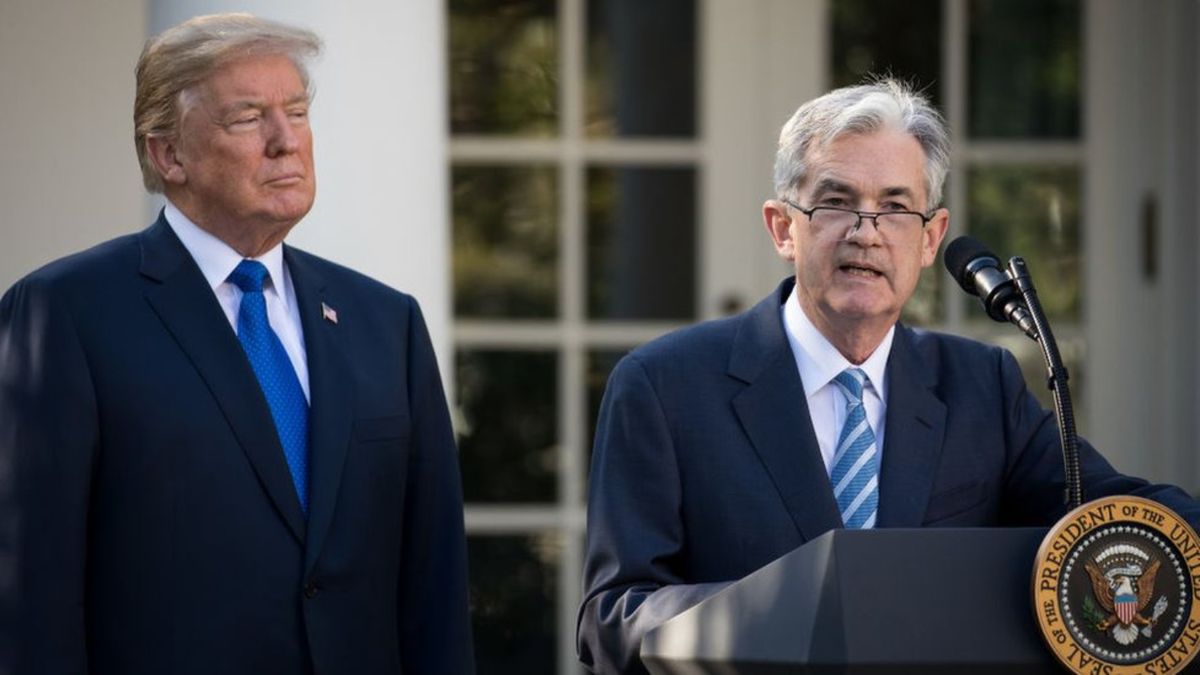In the last visit to Buenos Aires of the specialists of the Bank of America (BofA), where politicians, economists and private sector executives consulted, some concerns were raised about the country’s fiscal sustainability and macroeconomic environment. Although the Wall Street giant highlights that the current context shows certain signs of optimism, both for the macro and for sovereign bonds in dollars thanks to the oxygen provided by money laundering and a slight improvement in corporate financing, it remembers that “The risks facing the country should not be underestimated“.
At the outset, it must be said that the bank made a more than positive evaluation of the national economic situation and highlighted the fiscal credibility that Javier Milei managed to build and “that zero deficit is achievable next year“.
He also welcomed the Government’s willingness to pay the debt and the administration’s promise to take additional steps to meet its obligations if necessary. “Reducing energy costs will help fiscal adjustment, without the need for large increases in the prices of public services,” analyzes the BofA. For the financial colossus, the Argentine economy shows incipient recovery amid a rapid increase in bank lending. And it indicates that loan demand and tighter liquidity drive the bond rally Argentines in dollars.
Bank of America: the analysis of Argentine bonds
“We are overweight in Argentina’s external bonds,” says the BofA report. This means that you have a positive recommendation or a greater exposure to Argentine bonds compared to other assets, as you expect these securities to perform well.
The document adds that “the stabilization plan is working better than expected, the Government’s commitment to fiscal balance is very strong, the willingness to pay the external debt is high, and there is an ambitious agenda of microeconomic and deregulatory reforms underway. “he analyzes. But there is the first “driver” or risk analyzed by the bank: “bonds have shown a significant recovery so far this year,”“but they still do not reflect that the government will avoid a new debt restructuring in 2026 or later.”
Thus, he estimates that the downside risks for sovereign credits in dollars include “an appreciation of the real exchange rate, low international reserves, the approval of laws that dilute the fiscal balancegovernability in Congress, the president’s popularity eroded by economic challenges, social protests and delays in negotiations with the IMF,” he analyzes.
And as for the upside risks, they are reforms to the exchange and capital control regimes (stocks), increases in international reserves, payment of upcoming Eurobond maturities, alliances that improve governance, new disbursements or agreements with the IMF.
In particular, the BofA outlines five axes that will be fundamentals for sovereign debt in dollars in the coming months.
Macroeconomic stability
- Inflation: Controlling inflation is crucial to building confidence in the economy and attracting investment.
- Exchange rate: Exchange rate policy and exchange rate stability are essential to avoid sudden devaluations that impact the debt.
- International reserves: An adequate level of international reserves provides greater capacity to meet debt payments and stabilizes the currency.
Policy fiscal
- Fiscal deficit: Reducing the fiscal deficit and committing to a sustainable fiscal policy are essential to building investor confidence.
- Public spending: The efficiency of public spending and the reduction of current spending are key to improving the sustainability of public finances.
- Tax burden: The tax burden and its impact on economic activity and investment are also factors to consider.
Relationship with the IMF
- Agreements and disbursements: Agreements with the IMF and disbursements of funds can provide important financial support and build confidence in the markets.
- Fulfillment of goals: Compliance with the goals established in the agreements with the IMF is essential to maintain financing and avoid debt defaults.
Governance and politics
- Political stability: A stable and predictable political environment is essential to attract investment and build confidence in the economy.
- Political alliances: The ability to form alliances and political consensus to implement reforms is crucial to advancing the stabilization agenda.
- Government popularity: The popularity of the government and its ability to maintain social support are factors that influence political and economic stability.
Bank of america.PNG
Structural reforms
- Economic opening: The implementation of reforms that promote economic openness, competition and foreign direct investment are essential for long-term growth.
- Regulatory simplification: Reducing bureaucracy and simplifying procedures are key to improving the business climate and attracting investments.
- Modernization of the State: Modernizing the State and improving the efficiency of institutions are essential to improve governance and management of the economy.
These five factors interact with each other and can reinforce or weaken each other. For example, a successful deal with the IMF can strengthen investor confidence and facilitate access to financing, which in turn can help stabilize the economy and reduce the risk of debt default, the bank says.
In this way, the recent visit of BofA specialists to Buenos Aires highlights both optimism and concerns about the Argentine economy. Although a positive outlook is highlighted in relation to fiscal sustainability and the performance of sovereign bonds in dollars, the analysis highlights that inherent risks are latent: lThe possibility of a devaluation, the decline in international reserves, and the governance of Congressas well as the erosion of the president’s popularity in the face of social challenges, can disrupt the economic plan and the good performance of sovereign securities in hard currency.
Source: Ambito
I am a 24-year-old writer and journalist who has been working in the news industry for the past two years. I write primarily about market news, so if you’re looking for insights into what’s going on in the stock market or economic indicators, you’ve come to the right place. I also dabble in writing articles on lifestyle trends and pop culture news.




